What if a small crack on a coin could make you rich? Sounds strange, right? But it’s true! A rare Die Crack Lincoln Wheat Penny has been sold for an incredible $575,000. This type of coin is a dream find for collectors and may even be hiding in someone’s pocket change right now.
Let’s understand what a Die Crack Penny is and how it became one of the most valuable coins in U.S. history.
What Is a Die Crack in Coin Collecting?
In simple terms, a die crack happens when the metal die used to stamp the coin starts developing cracks due to wear and tear. When coins are made using this damaged die, the cracks appear as raised lines or marks on the finished coin.
These cracks are usually small, but sometimes they’re large or strangely shaped, and that’s what makes them rare and valuable. Collectors often call them “Lightning Errors” or “Cud Errors” depending on how the crack looks.

The Die Crack Wheat Penny Worth $575,000
One famous Lincoln Wheat Penny with a major die crack was sold for a staggering $575,000. This coin featured a massive die crack that was clearly visible and stretched across the coin’s surface, making it a standout error.
Because it’s extremely rare for such an error to slip through minting and reach circulation, this coin became a collector’s dream. Its high sale price reflects not just the error, but also its historical importance and near-perfect condition.
How to Spot a Die Crack Penny
Here’s how you can check if your penny has a die crack:
Look closely at both sides of the coin. You might see:
- Raised lines, often jagged or curved
- Extra metal near the edge or between letters
- Cracks that look like lightning bolts
- A blob of metal (known as a cud) near the rim
Use a magnifying glass or phone camera zoom to inspect carefully.
If you notice any unusual raised lines, it might be worth showing to a coin expert.
Why Die Crack Errors Are Valuable
Not every die crack makes a coin worth thousands, but large or unusual cracks that change the look of the coin can make it extremely rare. Since mints aim for perfection, coins with such noticeable defects are rare, especially older ones like the Wheat Penny.
Collectors love these kinds of “mistakes” because they’re one-of-a-kind.
A Die Crack Wheat Penny might look like it’s damaged, but for coin collectors, that flaw could mean a fortune. With one such penny selling for $575,000, it’s proof that minting errors can turn a simple coin into a valuable collectible.
So if you’ve got a jar of old pennies at home, take a closer look. That strange line or crack might just be your lucky break!
FAQ’s
What is a die crack on a coin?
A die crack is a minting error caused by cracks in the metal die used to strike the coin. These cracks leave raised lines or marks on the coin’s surface.
How much is a die crack Wheat Penny worth?
While small die cracks may not be worth much, a rare Lincoln Wheat Penny with a large, dramatic die crack sold for $575,000 due to its uniqueness and perfect condition.
How can I identify a die crack on my penny?
Check for raised lines, blobs of metal, or lightning-shaped cracks on the coin’s surface. A magnifying glass or phone zoom can help you spot small details.
Why are die crack errors valuable?
Large or unusual die cracks are rare because most minting errors are caught early. When they do slip through and end up in circulation, they become prized by collectors.
Should I get a die crack coin appraised?
Yes. If your coin has a large or unusual die crack, it’s a good idea to get it checked by a professional coin appraiser or grading service.
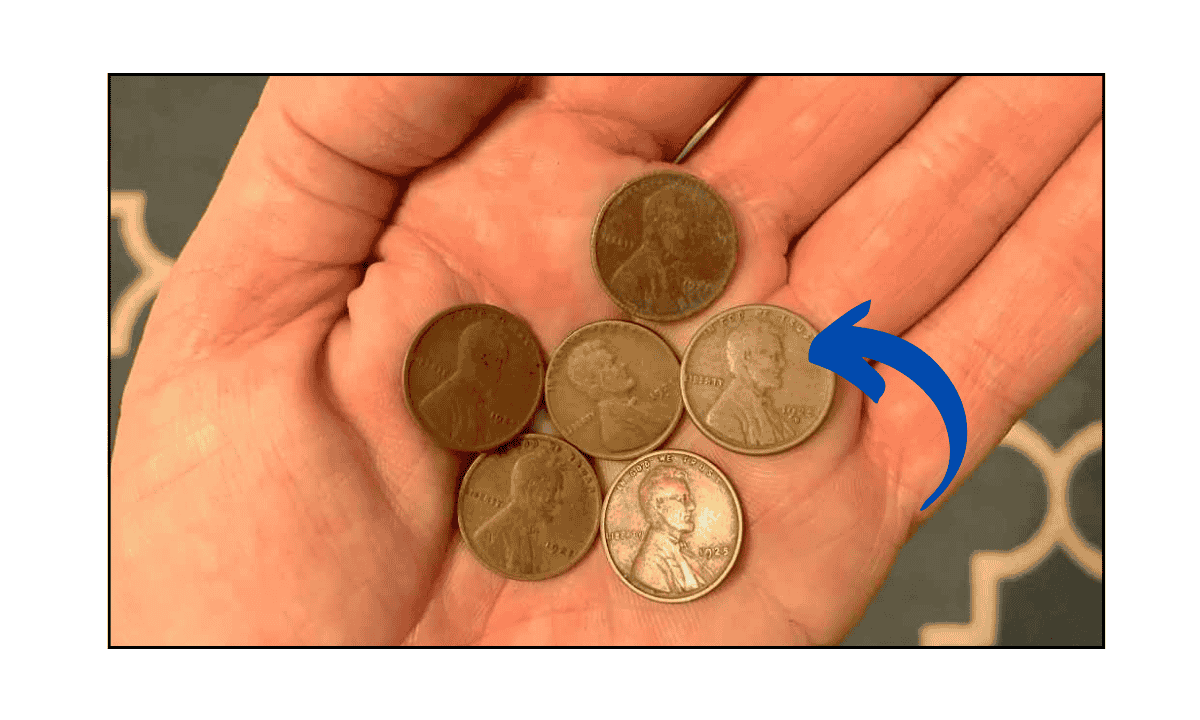
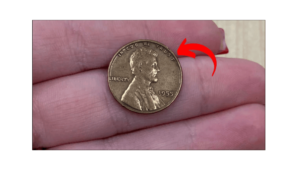

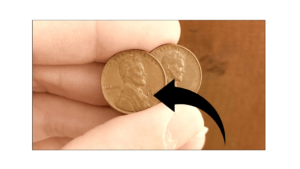
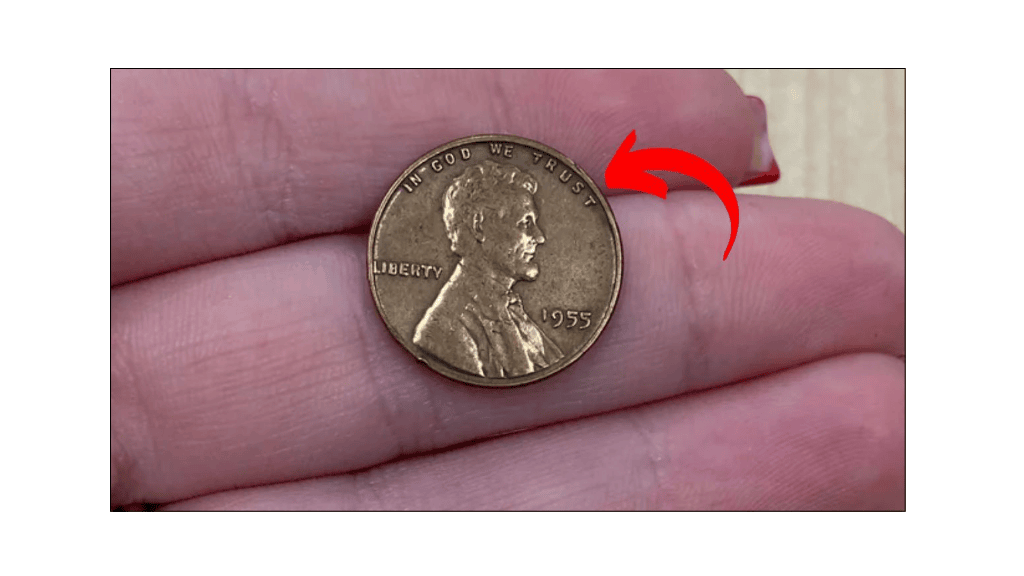


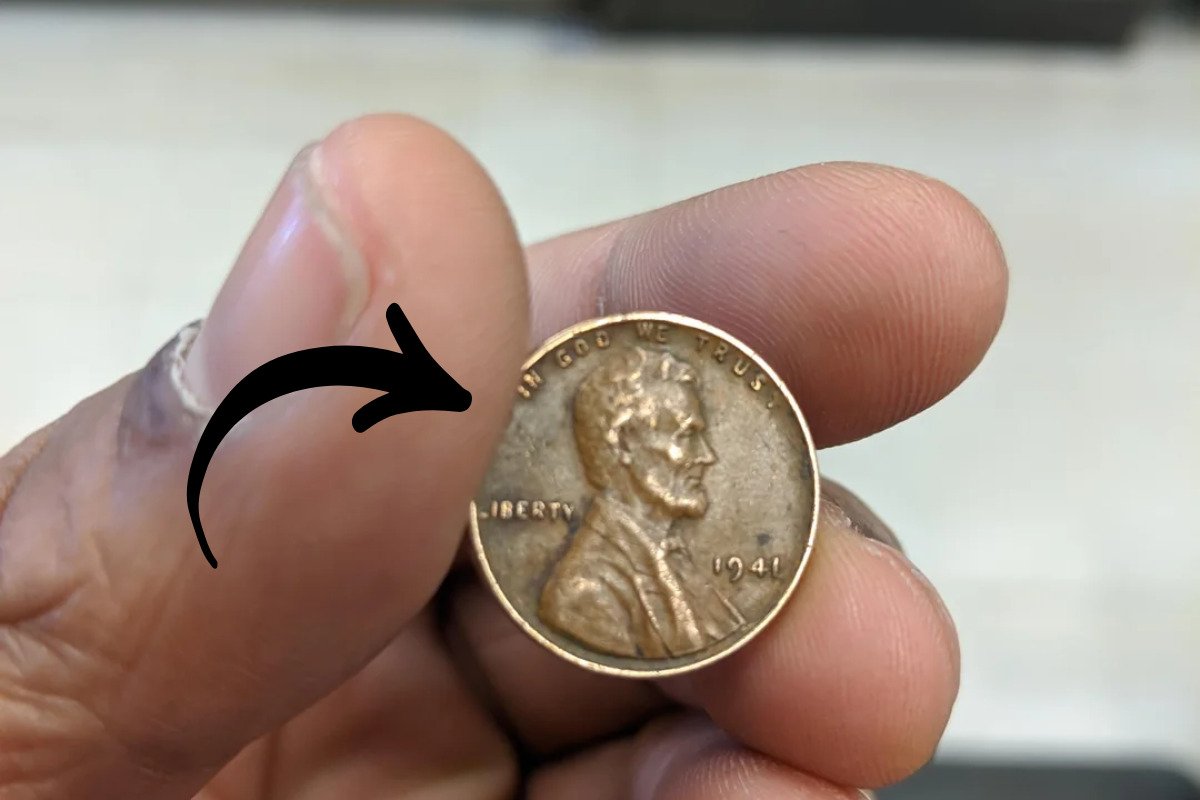

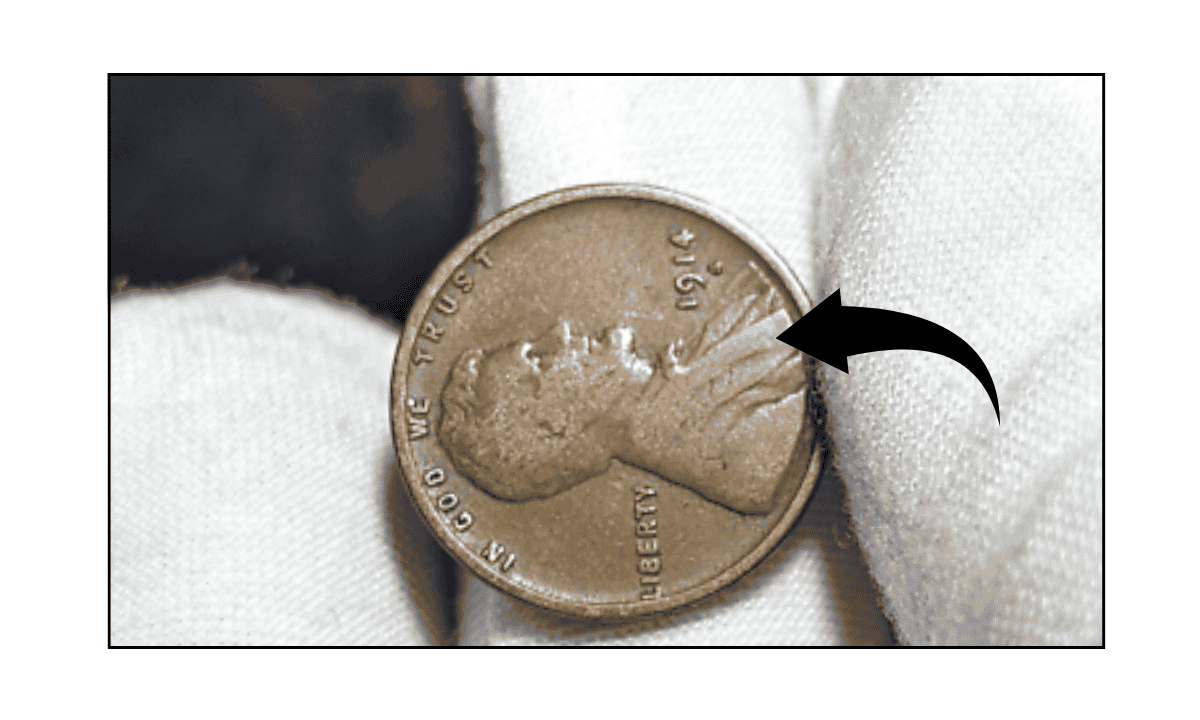
I have several coins with die cracks but it hasn’t been clarification that this was what one of the rarities was
But you have to clear about your coins